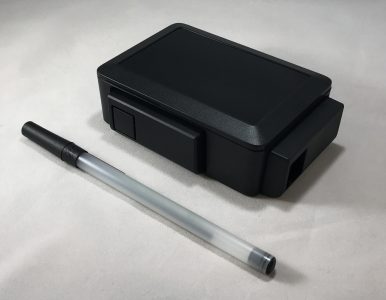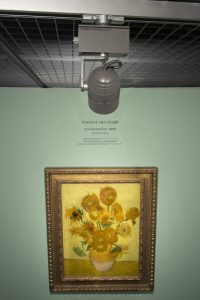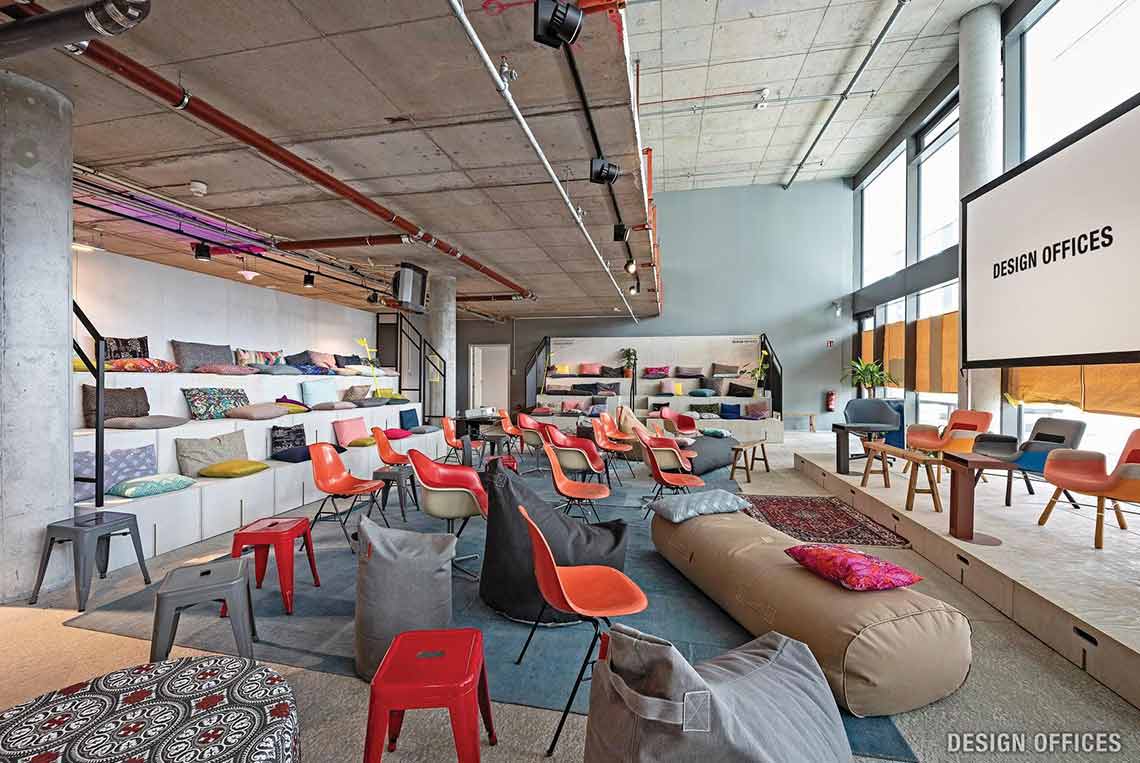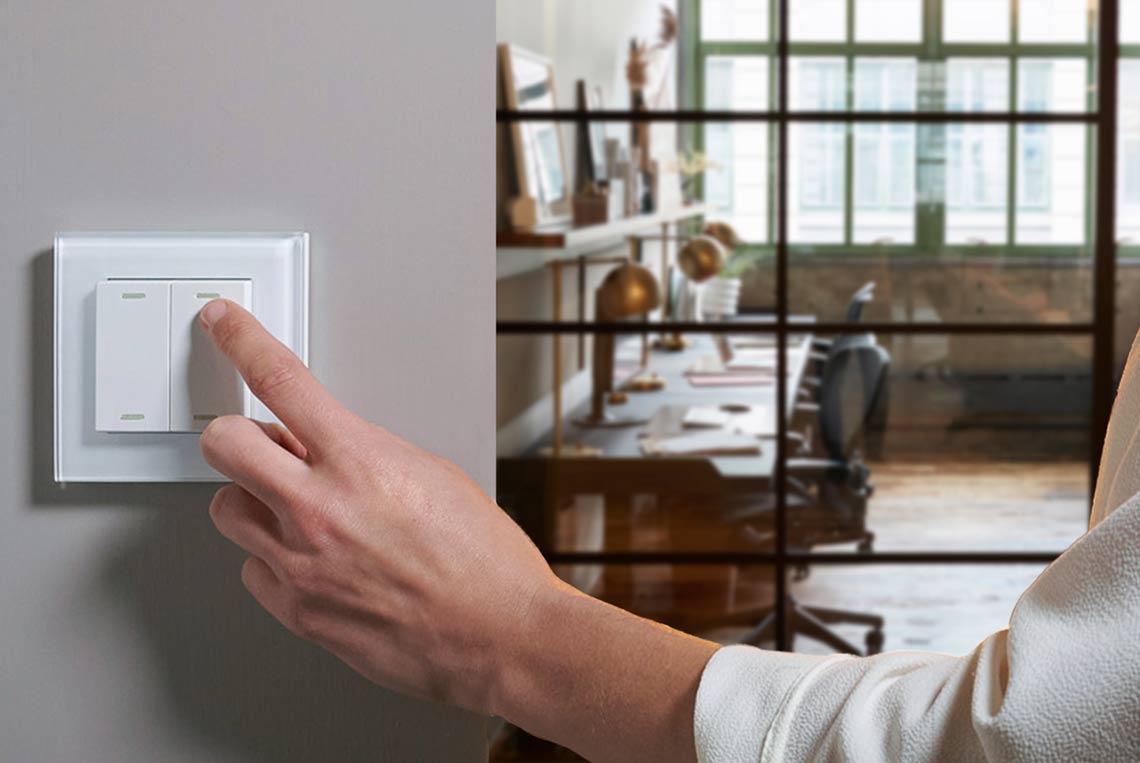Van Gogh Museum conserves energy – and art!
Issue 02-2017:
read all articles online
read as pdf
Serving over 1.5 million visitors per year, the Van Gogh Museum in Amsterdam is host to 200 paintings, 400 drawings and 700 letters by Vincent van Gogh, the largest such collection in the world, as well as travelling exhibitions of other artists and collections. For conservation of the precious artwork and to increase savings in energy and maintenance, in January 2017, the administration of the musuem began a phased process of converting all of the lighting in both the Van Gogh Museum and the Mesdag Collection in The Hague.
Mission: Conservation
Light degrades the dyes used in paintings and tapestries, therefore Museums carefully calculate and control the amount of light exposure each artwork receives to balance the mission of public display against the need for conservation, and to minimize the frequency of restoration work. By calculating lux-hours and by knowing the spectral power distribution (SPD) of the display lighting, museums can determine how many hours, days and weeks a work can be displayed, and how brightly it can be illuminated.
As has traditionally been the case in most museums, artwork in the Van Gogh was illuminated by halogen incandescent mounted to kilometers of track lighting. House lights were PLL compact fluorescent. Also like many museums, the Van Gogh is often open after hours for special events. Unfortunately, after-hours events increase the light exposure of artworks, contributing to degradation, especially when lighting is controlled by simple on/off switches. The Van Gogh musuem found that their paintings were degrading faster than expected – or desired.
Solution: Increasing quality and savings
Xicato´s lighting solution fits the expected requirements: the Artist Series generates light that not only matches the color-rendering quality of halogen lighting, but – even among LED solutions – is also less damaging because it radiates less energy in the harmful, high-energy blue-violet and UV spectrum. The company´s new XIM Gen4 modules with wireless Bluetooth control, especially in combination with occupancy and ambient light sensors, could provide uncompromised light quality and visitor experience, while absolutely minimizing light exposure.
Phase one: Keep it simple
To minimize disruption, and frankly because the museum was hesitant to commit to a new technology, phase one of the installation involved simply replacing the existing halogen track lighting with Mike Stoane Lighting TTX2.70 fixtures with Xicato XIM 9mm Artist Series intelligent LED modules. These modules are capable of both 0–10V control and Bluetooth control. In the initial phase, lights are controlled using EnOcean´s energy harvesting Easyfit BLE switches to independently switch the art lights and house lighting zones for cleaning.

The Xicato Intelligent Gateway provides performance enhancements, remote monitoring, configuration and control access as well as protocol conversion between Bluetooth and IP-based protocols.
Phase two: Add sensors
The next phase of the installation was to add Xicato intelligent motion and lux sensors (XIS) and program the lights to respond to scheduling, occupancy and ambient light levels, to further reduce both energy and light exposure. Individual luminaire programming was done using Xicato Control Panel software, and the programmed settings – including secure network, group and Scene membership, scene settings, and individualized sensor responses – are stored in each Xicato module, eliminating the need for centralized controllers or hubs. The lights themselves contain their individual schedules, listen to sensors, switches, and app commands, and make independent decisions about how to respond.
Phase three: Central management
Like a little computer, XIM stores configuration and status information about itself, including module type, hardware and firmware revision, its programmed maximum flux level, control interfaces (e.g. Bluetooth + 0–10V, or Bluetooth + DALI), total operating hours, on/off cycles, and histograms of its lifetime intensity and temperature states. Of course, the module also stores its network, group and scene membership, as well as its programmed settings. In addition, XIM periodically broadcasts information about its immediate operating status, including Device ID and name, intensity (dim percentage), current LED and PCB temperature, power supply voltage and ripple, and overall status. Xicato Intelligent Sensors (XIS) also broadcast sensor data into the Bluetooth network.
Occupancy, lux levels, temperature, and humidity can be used not only to control lighting, but to remotely monitor the room for the purposes of environmental control or – of particular interest to the Van Gogh – lux-hour tracking on individual paintings. All of this data can be collected via Bluetooth, either locally by a PC, Mac, or mobile device, or remotely over the LAN by use of a Xicato Intelligent Gateway (XIG). The Van Gogh expects to deploy XIG in order to enable luxhour management, to proactively monitor and manage the luminaires, and to remotely control lighting from the reception desk. The availability of this data creates a significant opportunity for third parties to develop application software running on a server either in the museum itself or in the cloud. Xicato shares its API with any interested third party software developer, and several have begun developing to the Xicato interface. Experimenting with Beacons, the XIM based luminaires, sensors, and gateway can also be programmed with Bluetooth beacons, including iBeacons, AltBeacons, and Eddystone-URL (URI) Beacons. This will allow the museum to offer location-based information and wayfinding services, Control Panel log screen, showing real-time operational data, allowing them to deepen the visitor experience with data that is not practical to display on the wall, including audio and video content. This information can be tied to web and social media, and presented on mobile devices that visitors already have in their pockets.

Mike Stoane Lighting TTX2.70 track lighting
Results
Approximately 1,300 light points have been replaced so far. The work is being done entirely after hours, without disrupting normal operations, and without moving or replacing either the artwork or the existing lighting infrastructure. No new track. No wires. No holes in the wall. No dust. So far, the Van Gogh Institute loves the lighting quality and energy savings at the Van Gogh and Mesdag museums, and is delighted with how quickly and inexpensively they have been able to deploy controlled lighting. Urban Larsson, the museum director is extremely pleased with the energy savings, and is looking forward eagerly to realizing even more savings with the help of the installed sensors.
New articles in Smart Lighting
Top articles





